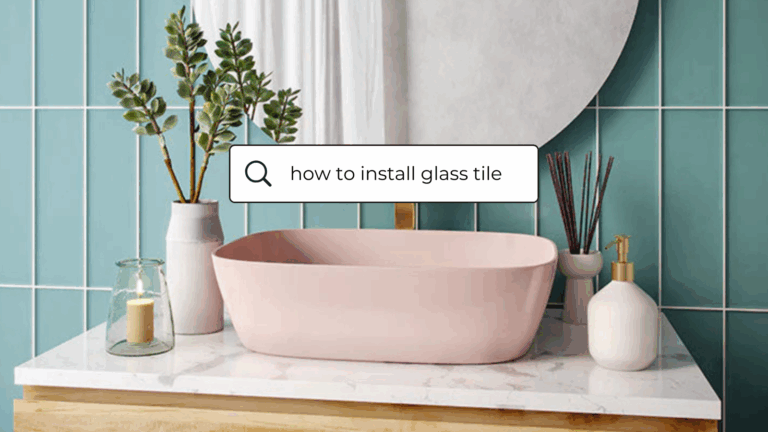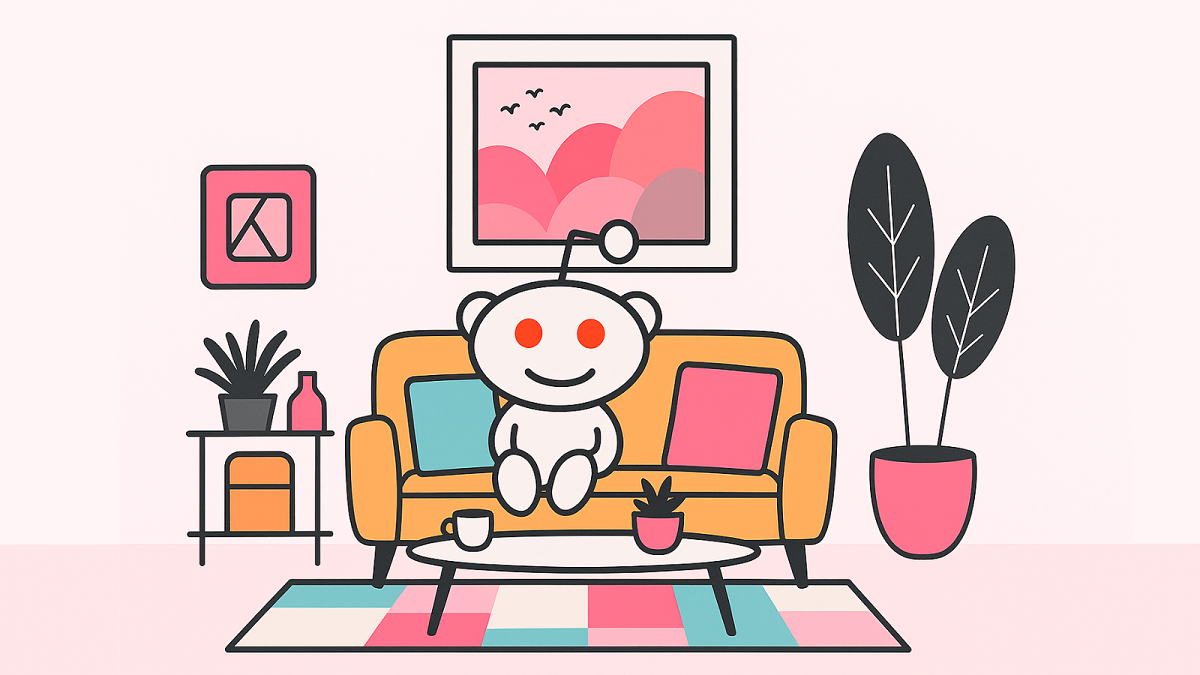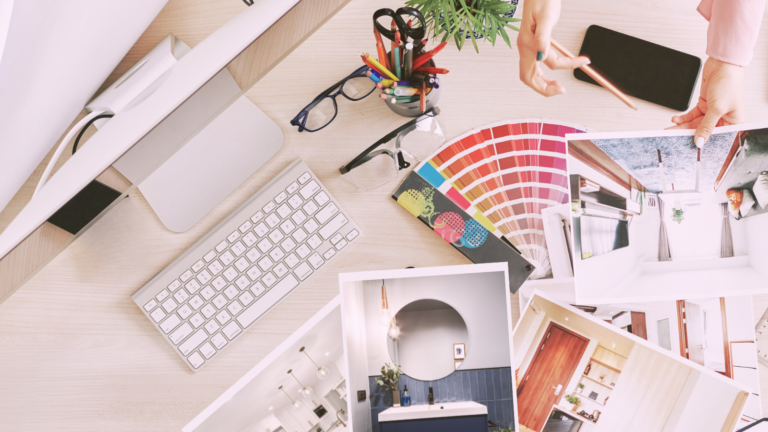As an interior designer, showcasing your work is essential for attracting new clients and establishing your brand. One of the most effective ways to do this is by featuring your projects on your website and social media channels. However, to maximize the impact of these project features, it’s crucial to optimize them for search engines (SEO). In this blog post, we’ll share our checklist for creating SEO-friendly project features that will help your work stand out online.
Choose the Right Keywords
Before you start writing your project feature, conduct keyword research to identify the most relevant and high-traffic keywords for your niche. Consider the style of the project, the location, and the specific design elements you want to highlight. Tools like Google Keyword Planner, SEMrush, and Ahrefs can help you find the best keywords to target.
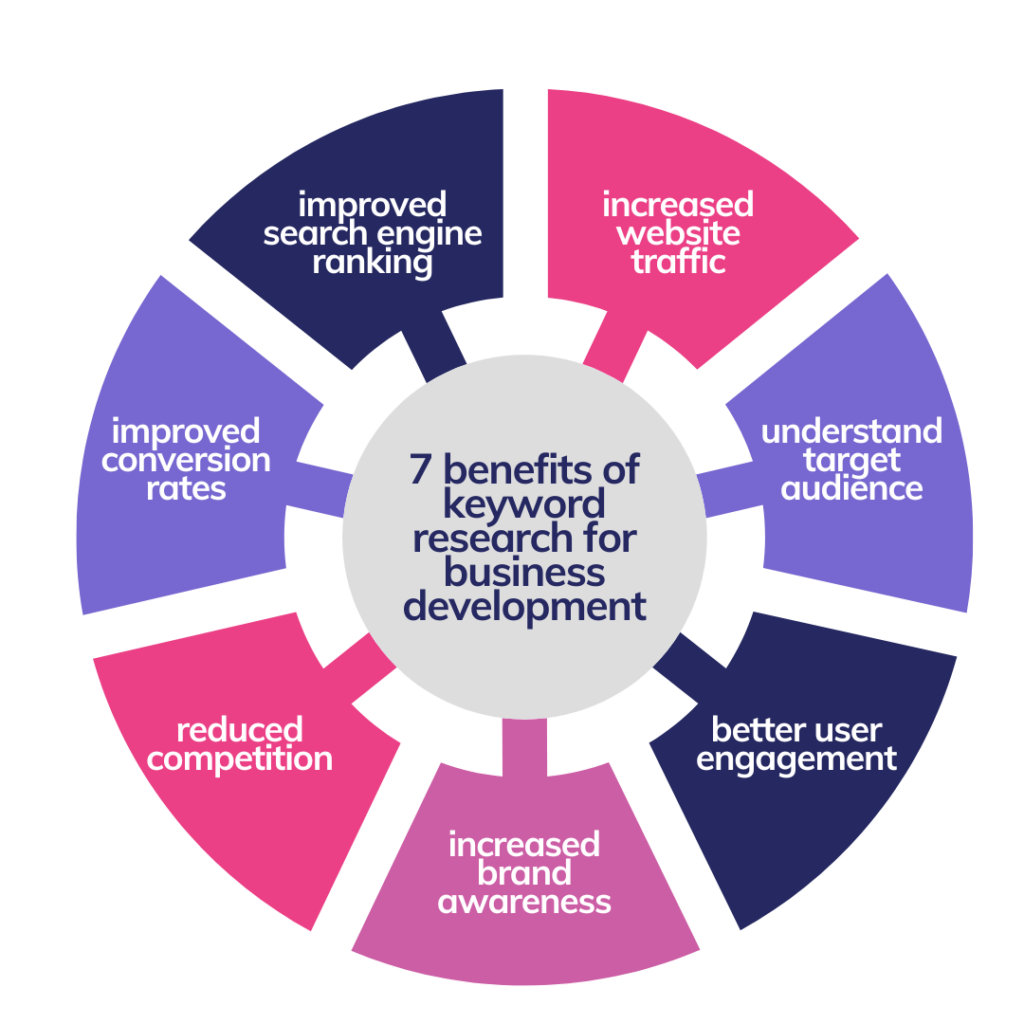
Craft a Compelling Title
Your project feature title should be attention-grabbing and include your primary keyword. Keep it concise, descriptive, and engaging. For example, instead of “Living Room Redesign,” try “Cozy Bohemian Living Room Makeover in Downtown Seattle.”
Write a Captivating Introduction
In the first paragraph of your project feature, provide a brief overview of the project and include your primary keyword. Engage your readers by highlighting the challenges you faced, the client’s vision, or the unique aspects of the space.
Use Subheadings and Bullet Points
Break up your content into easily digestible sections using subheadings (H2, H3) and bullet points. This not only improves readability but also helps search engines understand the structure and content of your page. Include relevant keywords in your subheadings when appropriate.
Unable to find the time to make this check list a reality, contact ultraviolet to help get you started.
Optimize Your Images
Visual content is crucial for interior design project features. Optimize your images by compressing them for faster loading times and including descriptive, keyword-rich file names and alt text. This helps search engines understand the content of your images and can improve your rankings in image search results.
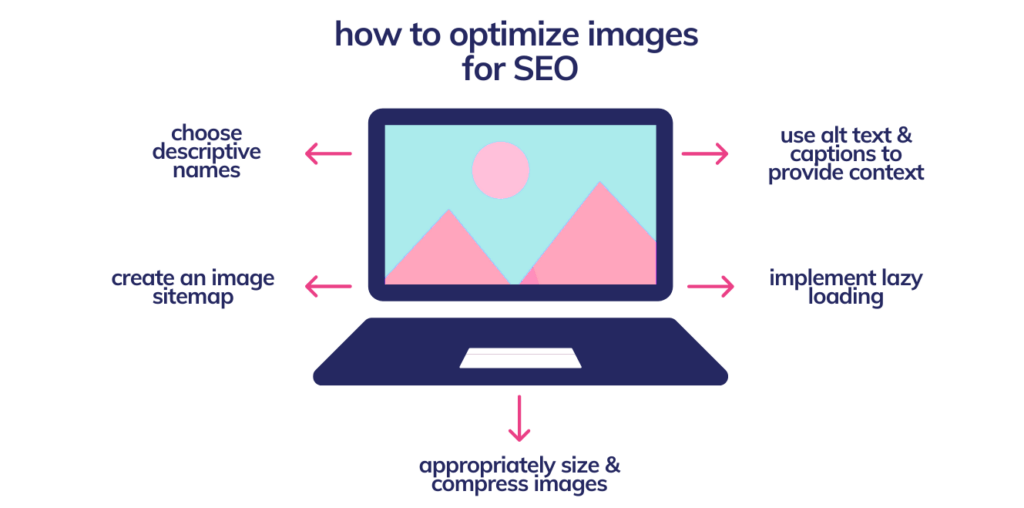
Incorporate Relevant Links
Include internal links to other relevant pages on your website, such as your services page or other project features. This helps search engines understand the structure of your site and can improve your overall SEO. Additionally, consider linking to external resources, such as the manufacturers of the products you used in the project, as this can provide valuable context for your readers.
Leverage Social Media
Once your project feature is live on your website, promote it on your social media channels. Engage your followers by sharing behind-the-scenes photos, design tips, or interesting anecdotes related to the project. Encourage your audience to visit your website to read the full feature and learn more about your work.
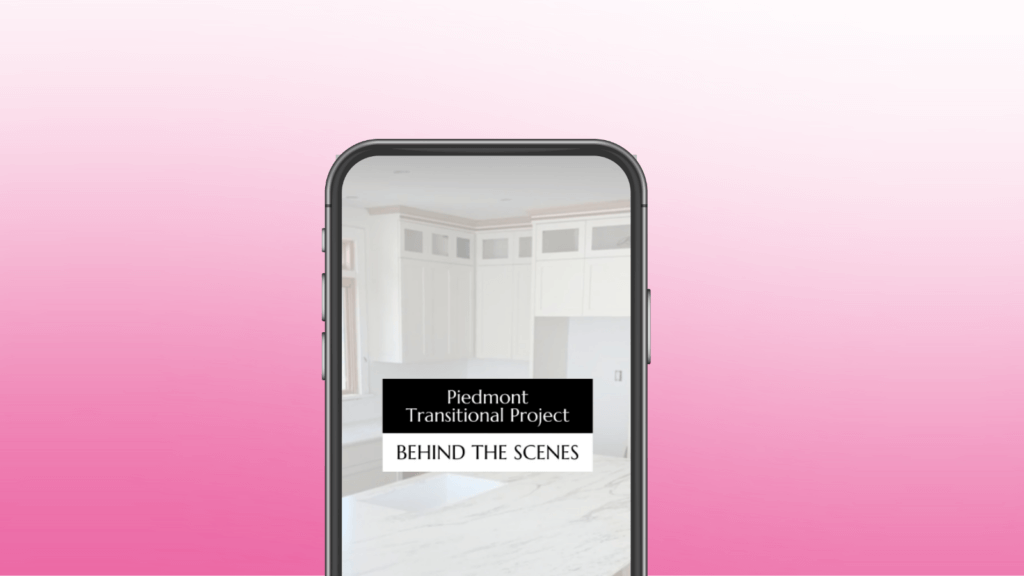
Utilize Pinterest
As a highly visual platform, Pinterest is an excellent tool for interior designers looking to drive traffic to their project features. Create eye-catching pins that link back to your website, and use relevant keywords in your pin titles and descriptions. Consider creating a dedicated board for your project features to make it easy for potential clients to browse your work.

Analyze and Refine
Use tools like Google Analytics to track the performance of your project features. Monitor your traffic, bounce rates, and time on page to gauge the effectiveness of your SEO efforts. Continuously refine your strategy based on your findings, and don’t be afraid to experiment with new keywords, content formats, or promotional tactics.
By following this checklist, you can create SEO-optimized project features that showcase your interior design work to a wider audience. Remember, the key to success is consistently creating high-quality, keyword-rich content that engages your target audience and demonstrates your expertise. With a strong SEO strategy in place, you’ll be well on your way to attracting new clients and growing your interior design business.


